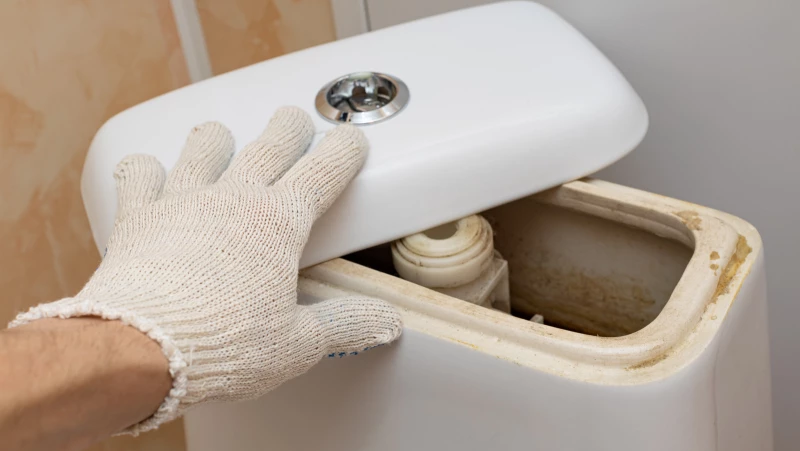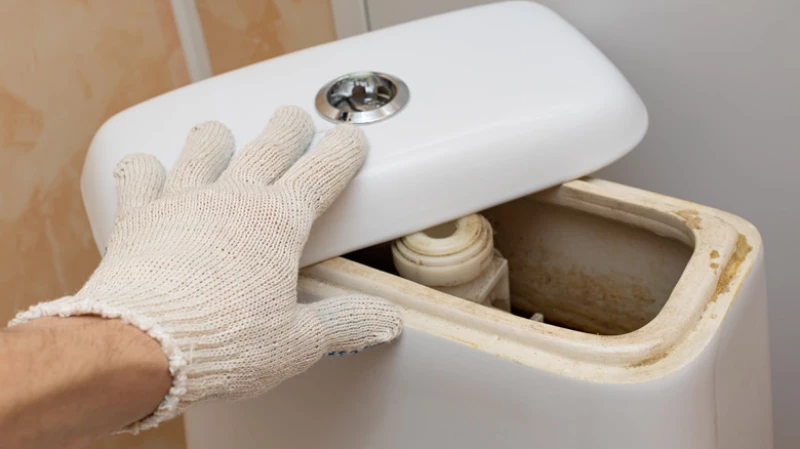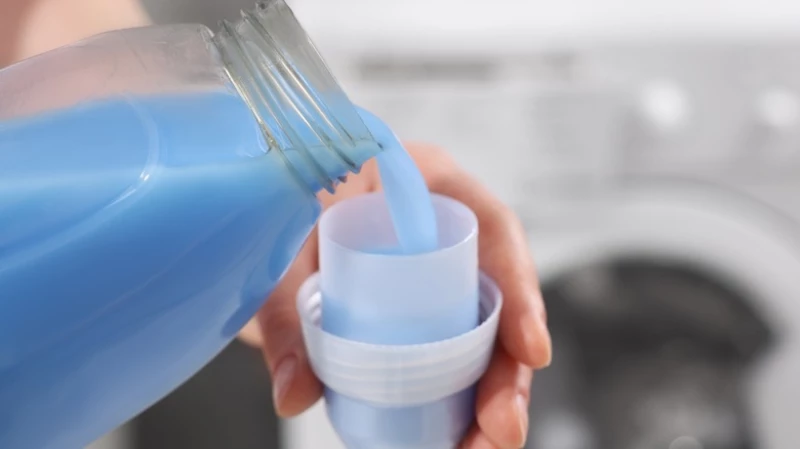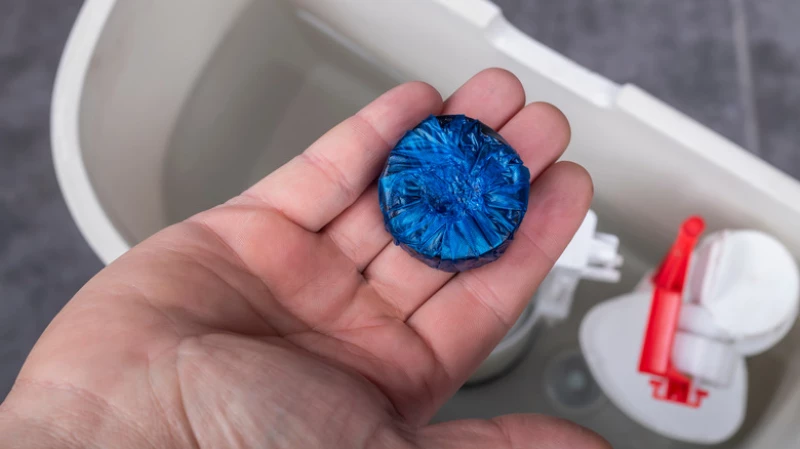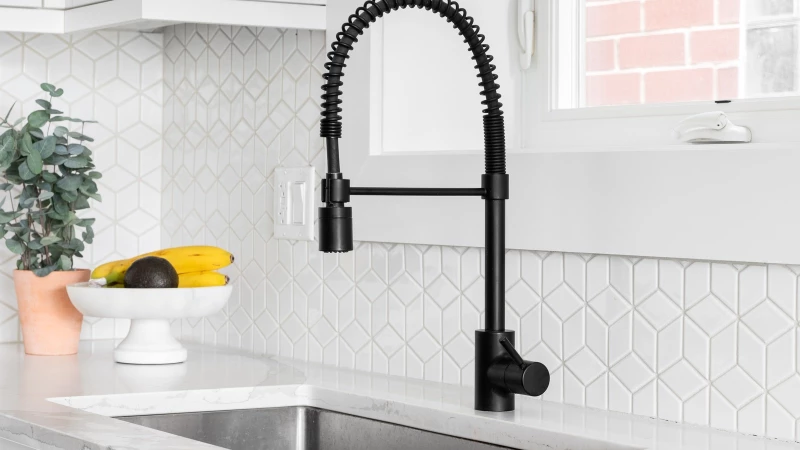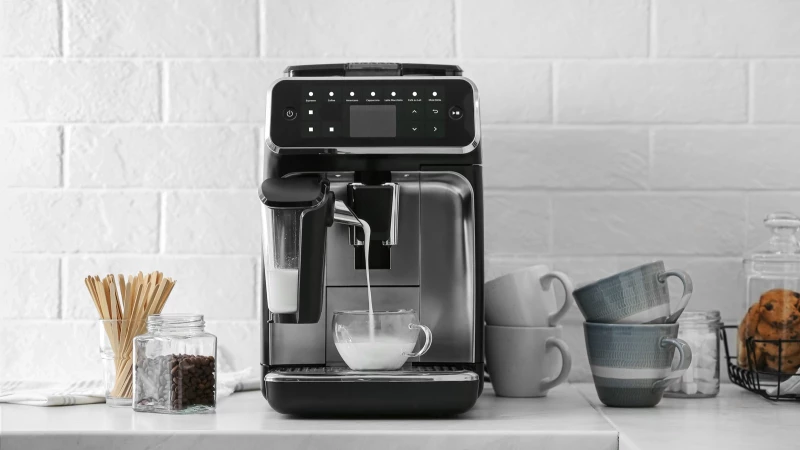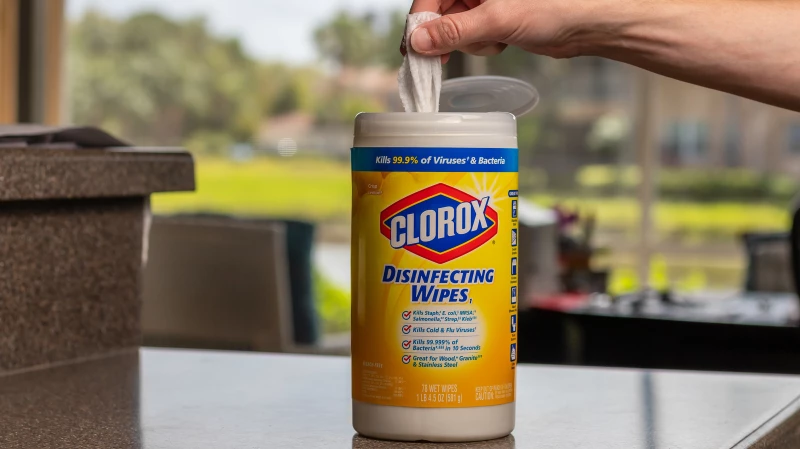In the quest to keep our bathrooms spotless, many of us focus on cleaning every nook and cranny, including the toilet tank. However, it may come as a surprise that trying to clean the tank could actually do more harm than good. Some cleaners can damage the rubber and plastic components inside the tank, leading to leaks and costly repairs. Additionally, tossing cleaning tablets into the tank can cause temporary clogs, disrupting the flushing mechanism and water levels. So, while it's important to maintain a clean toilet, it's equally important to be cautious about what products we use to avoid unintended consequences.
Why You Should Never Add Bleach to Your Toilet Tank
The toilet bowl can harbor harmful bacteria, and using bleach can help neutralize them. Salmonella, for instance, can be found under the toilet rim and remain active for up to 50 days, as reported by the Journal of Applied Microbiology. To prevent the spread of bacteria, it's crucial to clean the bowl regularly. Some individuals opt to clean the bowl without tools, instead choosing to add bleach to the toilet tank, believing it will keep the toilet clean. However, this practice can damage the internal components of the tank.
Toilet Tank Cleaning Tips
"When it comes to toilet tanks, one big no-no is using bleach. Avoid using bleach or any bleach-containing products inside the tank as it can corrode the internal parts of your toilet," warned Patty Stoffelen, a bath fixtures merchant for The Home Depot. She explained that bleach can eat away at the rubber gasket that connects the tank to the toilet, potentially causing leaks in the future. Additionally, the overflow tube, fill valve, and float ball in the tank are all made of plastic and can also be damaged by harsh cleaners.
Skip the Fabuloso Trend
TikTok has been buzzing with viral cleaning hacks, and one trend that gained popularity on CleanTok was the use of Fabuloso in toilet tanks. The hack involved cutting a slit in the Fabuloso bottle and placing it in a corner of the tank. As the water flows through, it turns blue and releases a pleasant scent into the bathroom, supposedly cleaning the bowl and freshening the air simultaneously. However, similar to bleach, Fabuloso can also harm the internal components of the toilet, so it's best to avoid using it for this purpose.
"The plastic parts on fill valves and the rubber on flappers/seals get eaten away much faster when these cleaning chemicals are added," plumbing expert Nicholas Hotujec warned. "Your toilet may be a bit cleaner, but you'll be calling a plumber to come change the guts of the toilet a lot sooner than you think." The use of these chemicals can degrade specific parts of the toilet, leading to leaks and reduced flushing power.
Another DIY trend circulating on social media involves adding fabric softener to the toilet tank for a fresh scent with each flush. While this may make your bathroom smell like a laundry room, it can cause serious damage to the plumbing. Fabric softener, being oil-based, can create clogs and other issues in the pipes, similar to pouring grease down the drain.
Avoid fabric softener in toilets
"We've all seen the mess fabric softener can leave in a washing machine drawer. Over time it leaves a sticky film, which can coagulate and block your washing machine," Izzy Shulman, director at Plumbers4U, warned. "If added to a toilet this means it may build-up and stick somewhere in your drainage." It can also cause major problems if you have a septic tank. It will wipe out the beneficial bacteria biome in the container that helps break down the solids in the tank, which can lead to more frequent maintenance calls.
Avoid toilet tablets
What about products specifically designed to be dropped into the toilet tank, like chlorine or bleach tablets? As it turns out, those aren't very safe either. These tablets are specifically designed to be dropped into the tank, but they don't dissolve quickly. Instead, they have a slow-release technology, which means they can take days, if not weeks, to fully break down. This is what allows the tablet to clean the bowl with every flush for several weeks. However, that also means you have chlorine- or bleach-steeped water sitting in your tank for that amount of time. This will damage the plastic or rubber mechanisms in the tank.
Don't add any Magic Erasers to your tanks
It's best to avoid adding any Magic Erasers to your toilet tanks as they can cause damage and blockages. Stick to safe and recommended cleaning methods to maintain the proper functioning of your toilet system.
Another popular cleaning trend on TikTok involved the placement of a Magic Eraser into the toilet tank. The concept was that the Magic Eraser, infused with cleaning agents, would act as a continuous cleaner for the toilet bowl every time the toilet was flushed. However, this is not how Magic Erasers actually function.
Contrary to popular belief, Magic Erasers do not contain any cleaning chemicals. Their cleaning power is derived from the melamine foam, which has a gentle abrasive quality at a microscopic level. This allows the Magic Eraser to effectively remove tough stains and marks through physical scrubbing. According to Morgan Brashear, the scientific communications manager at Procter & Gamble, the Magic Eraser provides a mechanical clean without the use of additional cleaning agents.
While the Magic Eraser may act as a filter in the toilet tank, it does not release any cleaning chemicals into the water. It is advisable to avoid using Magic Erasers in this manner due to their lack of cleaning agents.

